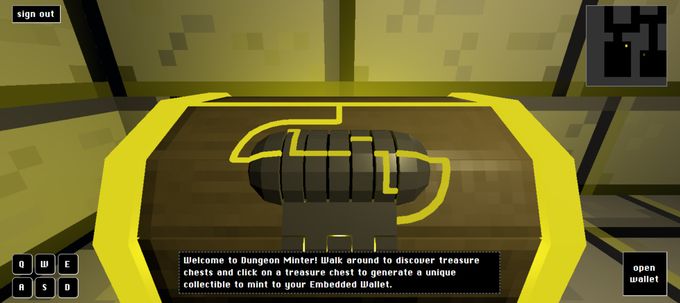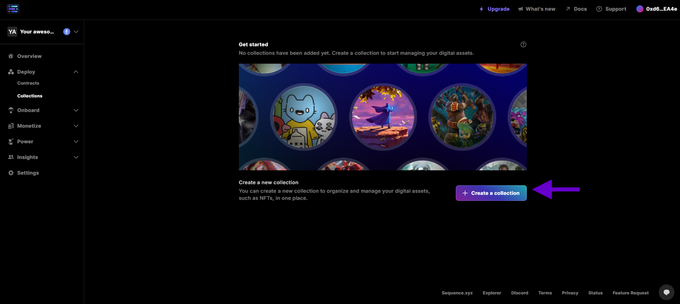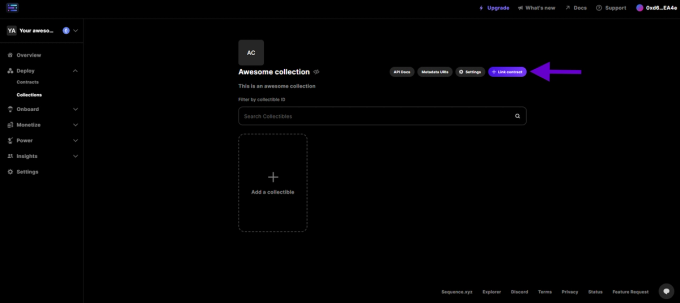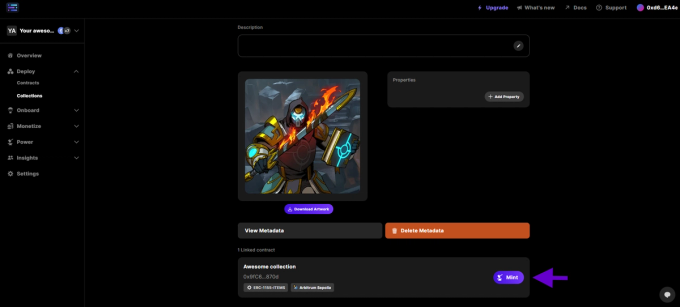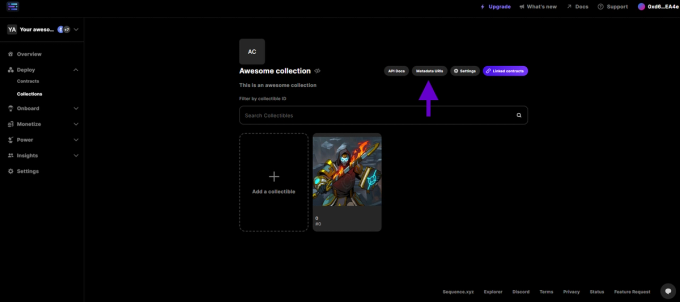Leveraging rarity forms and mechanics to grow your web3 game
September 25 2024
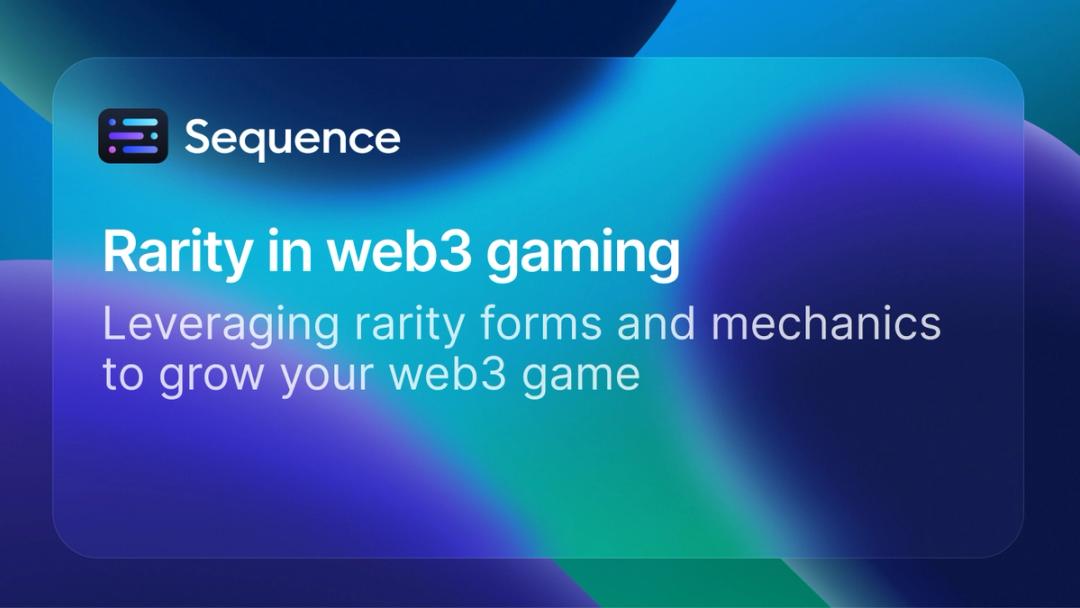
Rarity in web3 gaming refers to the scarcity of a digital item. This could be a character, game item, or digital collectible. The rarer an item is, the more valuable it potentially becomes, both in-game and possibly in the real world.
Blockchain technology enables unique scenarios to leverage rarity within video games, driving higher player engagement and retention while opening up new monetization opportunities for developers.
Driven by a sense of competition and achievement, players strive to acquire rare gaming items through quests, tournaments, or by purchasing them on marketplaces for direct benefits, ownership, and prestige.
What specific opportunities does blockchain present for game studios looking to explore rarity as a growth-driving gameplay mechanic? And what challenges should they be mindful of?
Leveraging rarity in web3 gaming: opportunities
Web3 gaming opens a new era where digital game items and mechanics, especially rare ones, offer unprecedented opportunities for developers to create engaging, sustainable, and customizable game economies.
1. Tokenization
Gone are the days when purchasing tokenized items from web3 marketplaces was a complex and expensive process reserved for crypto-native players. Today, solutions like Sequence help developers harness the benefits of intuitive purchasing flows and rewarding collecting and trading experiences for their game items.
This allows dev teams to take advantage of decentralized marketplaces to establish engaging and sustainable game economies without hassling with the tech: transparency on item provenance and ownership, fees on secondary trading, invisible wallets, and cross-chain support. These features become essential for rare game items with exclusive or high utility which can be exchanged freely without compromising their intrinsic value.
Additionally, tokenizing rare items is a powerful merchandising tool for developers. They can provide players with detailed information about item rarity and traits, empowering them to make informed decisions or incentivizing player behavior through rewards, achievements, or governance mechanisms. This can foster a more engaged and active community.
2. Rarity types by player segment
For this section, we take inspiration from the article Creating desirability in games by Sam Barberie, Head of Strategy and Partnerships at Sequence.
To cater to diverse player segments and create a more engaging experience, game devs can explore various forms of rarity and enable customized experiences attached to them thanks to blockchain technology.
The simplest form of rarity is determined by luck, with predefined odds determining whether players can discover rare items in the game world or through loot crates. This strategy may appeal to gamers who enjoy the thrill of chance and uncertainty and encourage continuous engagement or purchasing of loot crates.
Tiered rarity establishes a hierarchy of value among game items. Players, from casual to hardcore, progress and aspire to acquire rarer items over time, and unlock a specific gameplay experience or perk (virtual, IRL?) simply by holding them in an in-game wallet/storage.
Collect 'em all is a classic form of rarity. It rewards players for collecting complete sets of items, encouraging market activity. It may interest completionist gamers who enjoy collecting and trading. It also enables new metagames and cross-promotion opportunities.
Degradation entails game items changing their appearance with use, showing wear and tear over time. It may appeal to gamers who value status symbols and personalized items, or those who enjoy nostalgia.
Time-limited rarity can introduce a sense of urgency and exclusivity, motivating earnings-first or less engaged players to acquire items before they become unavailable. The shorter the timeframe, the rarer and more coveted those items become.
Performance-based or achievement rarity can reward skilled players with unique and powerful items, which they can use seamlessly to access end-game adventures, and tournaments, or to become members of exclusive communities and esports teams. Players love status, and rewarding top status is engaging and generates rarity.
Misprint form of rarity leverages intentional "errors" or unique variations baked into game items, similar to real-world misprints. It encourages players to explore the game thoroughly and engage with marketplaces, so it appeals to detail-oriented gamers who enjoy hunting for easter eggs and unique collectibles.
Rarity based on print or edition number assigns special significance to items based on their print number in a series to encourage timely participation in new drops and secondary market activity. It targets gamers who value exclusivity, early adoption, or specific number ranges.
Regional or team form targets geo-fenced or team-based items and caters to gamers who enjoy representing their region or team. It’s a rarity form that fosters community, competition, and achievement hunting.
The blockchain and in-game marketplaces allow for easily created and accessible venues for gamers to trade hard-won items with each other. They don’t have to impact primary gameplay at all, so there’s no “pay to win” component, and as a result, it becomes a net new revenue stream for game developers without having to change the core loop of the game at all.
3. Customizable rarity
With the help of smart contracts, web3 games can implement customizable or programmable rarity systems that evolve and adapt over time. This can introduce an element of surprise and excitement for players, and keep them in the game, crafting and exploring for longer (hello, retention!).
For example, items could change attributes, and therefore rarity, based on in-game events, player actions, or external factors. Customizable rarity can engage content creators and spur user-generated content (UGC) which could be used for customized gamer experiences, especially when coupled with generative AI. This dynamic approach can keep players engaged and invested in the game's long-term development.
Launching rarity-based campaigns with Sequence Collections
Setting up, deploying, and managing rare game items on-chain shouldn’t be a hassle for game developers wishing to engage with their players quickly and easily.
That’s why Sequence launched Sequence Collections, a metadata service for games to create and manage NFT collections and in-game items, including their desired quantity, visuals, and properties.
Sequence Collections is accessible within Sequence Builder, our all-in-one web3 game development platform, which also allows devs to link an NFT collection to specific smart contracts and deploy ERC1155 items according to their preferences and campaigns.
Here are a few steps to get you started with your first item collection:
1. Create a collection
- Navigate to your project and select “Deploy”, then "Collections" from the left menu.
- Click "+ Create a collection" and input details such as Collection Name, Description, visibility, and External Link.
2. Link and deploy a contract
- After creating a collection, click "+ Link contract" and then "+ Deploy new contract."
- Choose your contract type (ERC1155), specify Network, Contract Name, Royalties, and deploy the contract.
3. Create a collectible and set its rarity
- Return to the Collections page and click "+ Add a collectible."
- Update details like Collectible Name and Description, upload artwork and add metadata properties as needed.
- Click on the “Mint” button at the bottom and set the desired item amount.
4. Manage and reference collection data
- Update collection details or delete collection data in the Settings menu.
- Reference Metadata Token URI for existing contracts by accessing the Metadata URIs button and copying the Token Metadata URI. Use this URI to set the base metadata URI for your contract or reference metadata directly in an application.
To learn more about how Sequence stack can help you leverage rarity in your web3 game, explore our guides in the Docs section and reach out to our team for support!
Sequence makes building onchain simple. Developers and teams can launch, grow, and monetize apps with unified wallets, 1-click cross-chain transactions, and real-time data, all in a modular and secure stack. No more stitching together fragmented tools or battling poor user flows. Sequence is production-ready infrastructure that helps teams ship faster, onboard more users, and scale confidently. From chains and stablecoins to DeFi and gaming, Sequence powers developers and applications across the EVM ecosystem with billions in transaction volume and millions of users. Trusted by leaders in blockchain, Sequence powers today’s onchain apps and delivers future-proof infrastructure for tomorrow’s breakthroughs. Learn more at sequence.xyz.
Written by

Sam Barberie
Head of Strategy and Partnerships
Nicola Fraccaroli
Content Marketing ManagerRelated Posts

A short guide that explains exactly what gasless transactions are, and why they matter for your web3 experience.
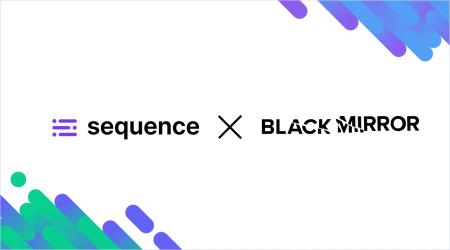
In partnership with KOR Protocol, Sequence and Msquared, Black Mirror's franchise has launched the $MIRROR token and a new web3 experience!
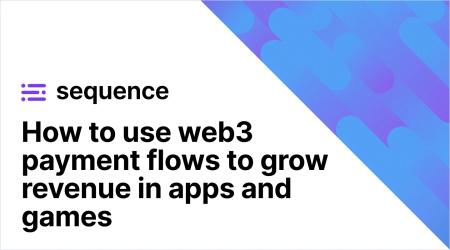
Web3 payment flows allow any app to embed onchain purchases and interactions in a way that feels natural for users. Learn more about them!
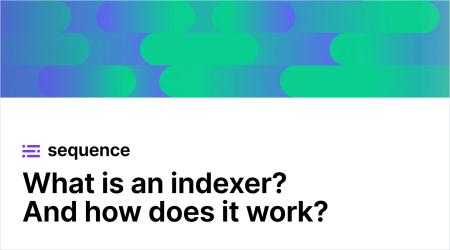
As more applications and protocols move onchain, indexers redefine how dev teams access, organize, and use blockchain data. Learn how!



